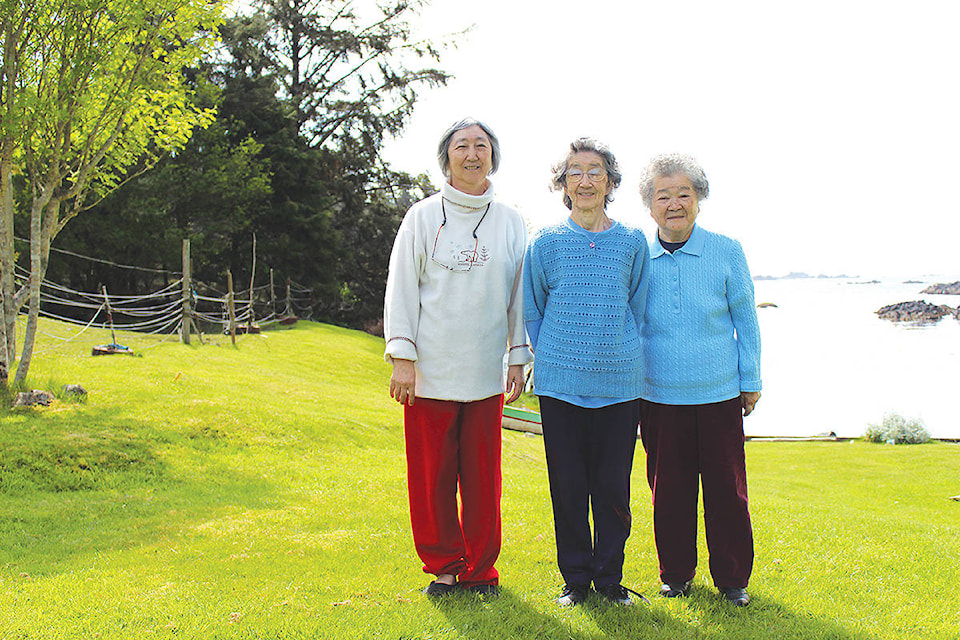Ucluelet local Ellen Kimoto is assisting with a massive investigation into the properties lost by roughly 30,000 Japanese Canadians who were forced into internment camps in 1942.
Landscapes of Injustice is a seven-year, $5.5 million, research project that was launched in 2014 and is headed by the University of Victoria with roughly 13 other educational institutions also participating.
“What we want to do, because much has already been written of course, is to make the whole thing generally accessible to the public and to bring it to a local focus,” Kimoto told the Westerly News.
“30,000 people were evacuated, so there’s 30,000 stories and everybody’s story is different because everybody is coming from a different point of view.”
Kimoto was three months old when the RCMP arrived at her parents’ home in Tofino and advised a passenger ship, The Maquinna, would arrive in three days to transport them to an internment camp.
“They were to take whatever they could carry and get on the boat and be taken to Port Alberni. That’s what happened. So, in three days, their lives changed very quickly,” Kimoto said.
“A lot of people who were knowledgeable, knew this was going to happen so they had already left Ucluelet and Tofino…My mom and dad were fishermen and they didn’t listen to the news so, for them, it was a shock.”
Kimoto said she traveled with her mother on The Maquinna to Port Alberni, then to Nanaimo by rail and Vancouver by steamship. Her dad was towed on his boat to New Westminster, accompanied by a member of the Canadian military.
“The fellow who was on my dad’s boat, as soon as they rounded Lennard Lighthouse, got seasick because he was from Saskatchewan and so dad had to nurse him all the way to New Westminster,” Kimoto said.
Kimoto said her role with Landscapes of Injustice is to gather stories and feedback about what happened to the Japanese Canadians on the West Coast from Bamfield to Hesquiaht.
“My job is to uncover as much information as I can about what happened during that time, what’s happened up to now and what we look forward to happening in the future,” she said.
“There will be a focus on assets and what happened to the assets that were left behind.”
She cited one family who had just built a new house in Ucluelet and wound up having to buy it back when they returned from internment in 1949.
“When they came back, they found out that house had been bought,” she said.
“They bought the house back from the people who’d moved in. So they paid for the house twice.”
She said some members of the project are pushing strongly for litigation to compensate Japanese Canadian families for their losses, but others are hesitant about the idea.
“Some people want litigation to happen in terms of, say, what the First Nations have done in their quest for justice,” she said. “A lot of the older generation don’t want that to happen. They don’t think that litigation is the way to go. A lot of the younger millennial people feel that it’s, perhaps, the only way to make a mark or a dent on the subject; to eventually take it to court. So, out of this project, there’s two different wings happening. It’s divisive right now and I don’t know that the two arms of the project are ever going to see eye to eye.”
Kimoto recently held a meeting with the Japanese Canadian families in Ucluelet to talk about what direction to take.
“We had about 30 of us meet and I told them about the project and asked them to think about what they would like to do,” she said. “That’s where we are.”
She added she’s also spoken to Tofino’s municipal council about the project and is keeping them up to date.
